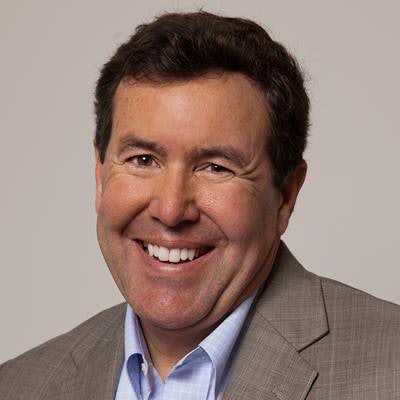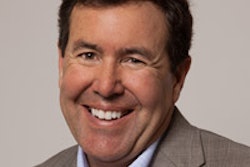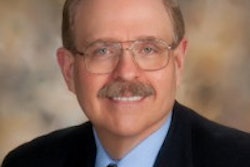
While few would disagree dentistry is in period of transition, few organizations are looking at this transition as an opportunity. The Dental Group Practices Association (DGPA), however, might be one of those organizations looking at this as an opportunity.
The organization was founded less than 10 years ago in 2007 in response to the growing needs of dental support organizations and group practices, and DGPA members support more than 4,000 dental practice locations with 7,000 dentists and 32,000 employees in the U.S., Australia, Canada, and New Zealand.
 Quinn Dufurrena, DDS, JD.
Quinn Dufurrena, DDS, JD.
The DGPA describes itself as a nonprofit industry association that leverages the strengths, wisdom, and experience of leading dental support organizations (DSOs), along with the support of industry partners, to make a substantial contribution to the delivery of dental care today and in the future.
This week, the DGPA announced the appointment of a new executive director, Quinn Dufurrena, DDS, JD. Dr. Dufurrena comes to the association with what he describes as a "different kind of background," having served as a U.S. Navy dentist in Scotland, practiced in rural northern Nevada for 25 years, spent time as a Hillenbrand Fellow through the ADA, and served as the executive director of first the Idaho and then the Colorado state dental associations.
In a discussion with DrBicuspid.com, Dr. Dufurrena said that DSOs are the way of the future in dentistry, which is where the DGPA can be a positive force.
"We're looking for collaboration with all stakeholders," he said. "We need to move forward and to improve dental care."
Dr. Dufurrena acknowledged the difficulties faced by younger dentists, especially those just getting out of dental school, often with considerable debt.
“We're looking for collaboration with all stakeholders. We need to move forward and to improve dental care.”
"Today's young dentists are entering a complex environment," he said. "Healthcare is evolving, they may have high debt coming out of school, and there are increased complications in all areas of practice. We think it makes sense to divide the labor, so dentists can concentrate on the practice of dentistry."
Dr. Dufurrena sees the DGPA evolving to help these practitioners, and their organizations, meet these new challenges by concentrating on three areas: ethics, analytics to advance best practices, and improved, innovative business models.
"We now have the ability to look at big data and to develop best practices. We should use that ability," he said.
Dr. Dufurrena described what would separate successful practices from those that were less successful.
"The bottom line for me is that those practices that can improve the quality of care and increase standardized efficiencies while maintaining ethics, those are the practices that will create a new future for dentistry," he said.
Dr. Dufurrena specifically pointed to the ability of a dental services organization to increase the quality of patient care using clinical best-practices analytics.
"We can be innovative in the practice model," he said. "Now that we have the ability to measure analytics, there is an opportunity to shift from procedure-based reimbursement to outcome-based reimbursement."
In the longer term, Dr. Dufurrena sees his organization continuing to grow and that growth coming from younger dentists.
"[The DSO model] is a great alternative for younger dentists," he said. "There's the opportunity to practice cutting-edge dentistry and have a better work-life balance, especially for female and more seasoned, transitioning dentists."



















